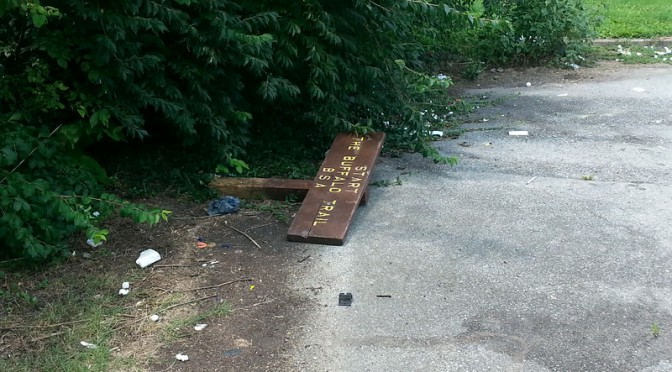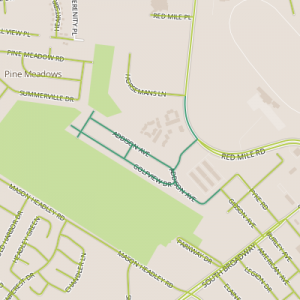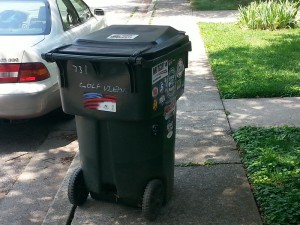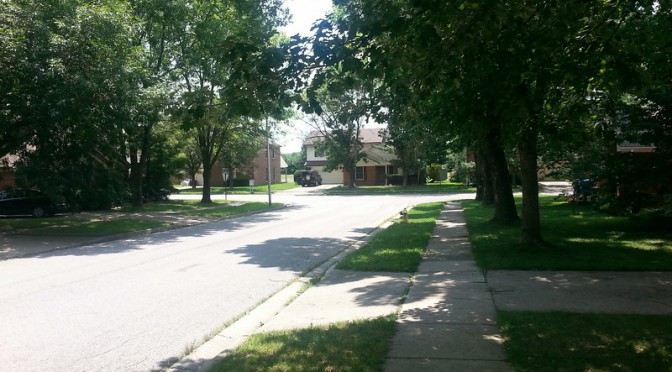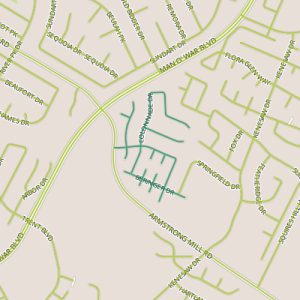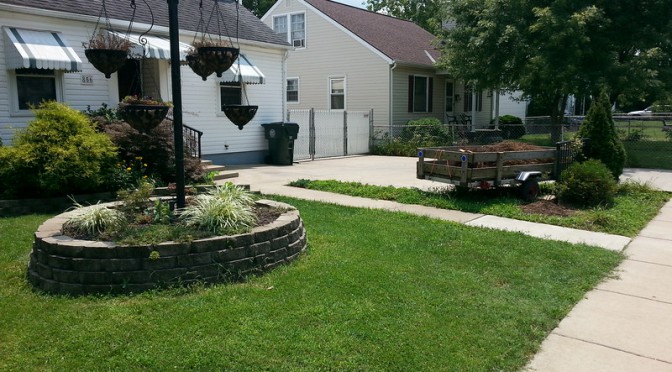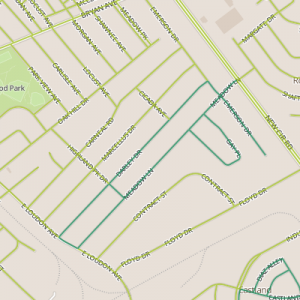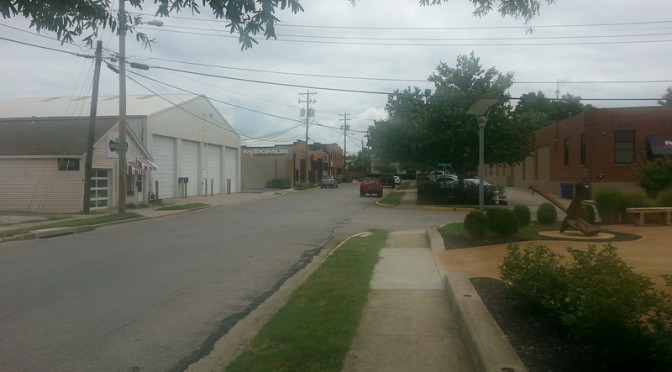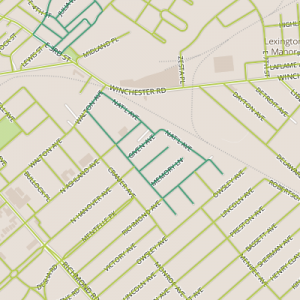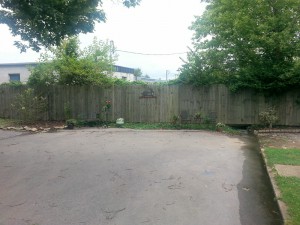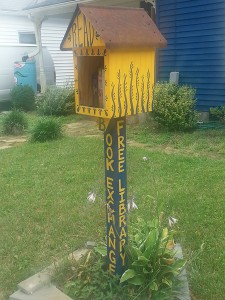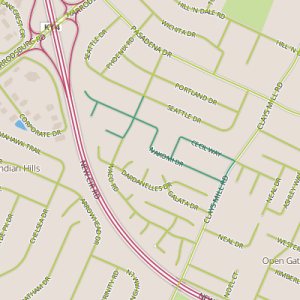 This was a quick walk through another quiet neighborhood officially called Twin Oaks, located between Clay’s Mill Road and New Circle Road. Though connected and officially part of the same neighborhood, I passed through two distinct areas (to make things more confusing, the dividing line is not a particular street but actually happens mid-block). The first evidence of a change is that the newer subdivision, located on the New Circle Road side, does not have sidewalks while the older one, on the Clay’s Mill side, does.
This was a quick walk through another quiet neighborhood officially called Twin Oaks, located between Clay’s Mill Road and New Circle Road. Though connected and officially part of the same neighborhood, I passed through two distinct areas (to make things more confusing, the dividing line is not a particular street but actually happens mid-block). The first evidence of a change is that the newer subdivision, located on the New Circle Road side, does not have sidewalks while the older one, on the Clay’s Mill side, does.
The older neighborhood is comprised of homes built in the 50’s or 60’s, the newer neighborhood is newer enough to be recognizably newer, but is more typical of late 70’s and early 80’s construction.
The older neighborhood was certainly old enough to be stable, boring but in a good way. The newer neighborhood, too, was quiet, unremarkable but very comfortable. My thoughts while walking through this neighborhood were focused on the architecture (internally wishing I understood better or had the vocabulary to describe why a house strikes me as being from a particular time) and on the paving techniques (many driveways have been resurfaced with asphalt).
Good: Quiet, despite major roads on each side.
Bad: Feels more distant and detached (and this could be good or bad, depending on your preferences).

